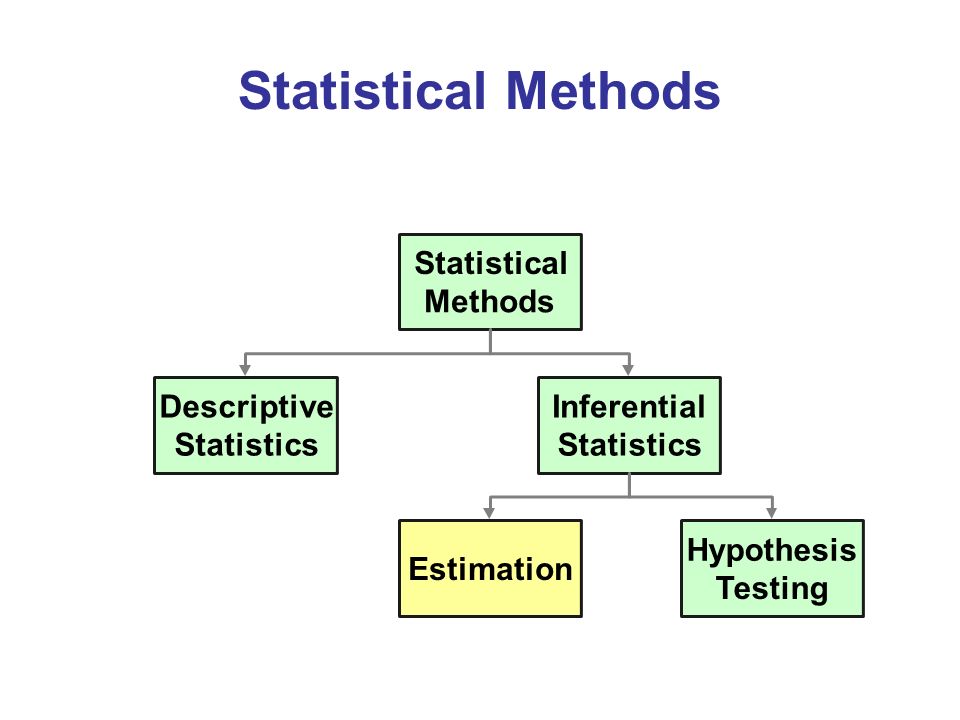In this paper, we briefly review the development of ranking-and-selection (R&S) in the past 70 years, especially the theoretical achievements and practical applications in the last 20 years. Different from the frequentist and Bayesian classifications adopted by Kim and Nelson (2006b) and Chick (2006) in their review articles, we categorize existing R&S procedures into fixed-precision and fixed-budget procedures, as in Hunter and Nelson (2017). We show that these two categories of procedures essentially differ in the underlying methodological formulations, i.e., they are built on hypothesis testing and dynamic-programming, respectively. In light of this variation, we review in detail some well-known procedures in the literature and show how they fit into these two formulations. In addition, we discuss the use of R&S procedures in solving various practical problems and propose what we think are the important research questions in the field.
翻译:在本文中,我们简要回顾了过去70年来排名和甄选(R&S)的发展情况,特别是过去20年来的理论成就和实际应用。与Kim和Nelson(2006b)和Chike(2006)在评论文章中采用的常客和巴伊西亚分类不同,我们将现有的研究与甄选程序分为固定精度和固定预算程序,如Hunter和Nelson(2017年)那样。我们表明,这两类程序在基本方法的表述方面基本上有所不同,即它们分别建立在假设测试和动态规划的基础上。鉴于这种差异,我们详细审查了文献中一些广为人知的程序,并展示了它们如何与这两种表述相适应。此外,我们讨论了使用研究与甄选程序解决各种实际问题,并提出我们认为是该领域重要研究问题的建议。



